How to manage personal knowledge in the AI era? Quivr gives us a glimpse.
Today, we introduce an open-source software for personal knowledge management using AI: Quivr. GitHub link:
https://github.com/QuivrHQ/quivr
Its cloud-deployed product:
https://quivr.app/
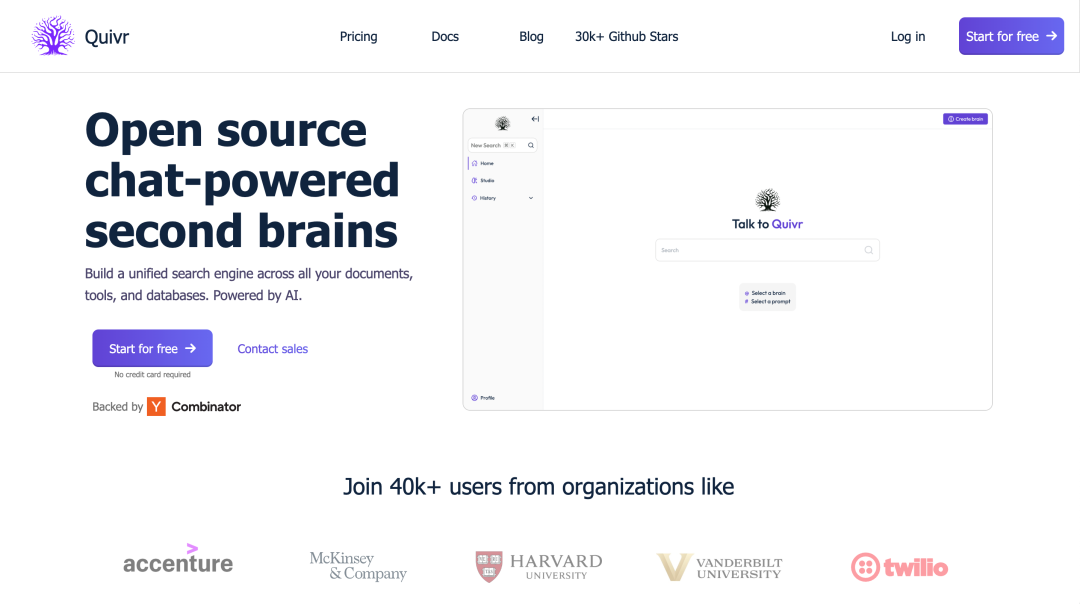
Product Slogan 🚀
The official slogan of Quivr is “Your GenAI Second Brain,” emphasizing that this project provides users with a personal assistant like a second brain, enhancing personal productivity using AI technology.
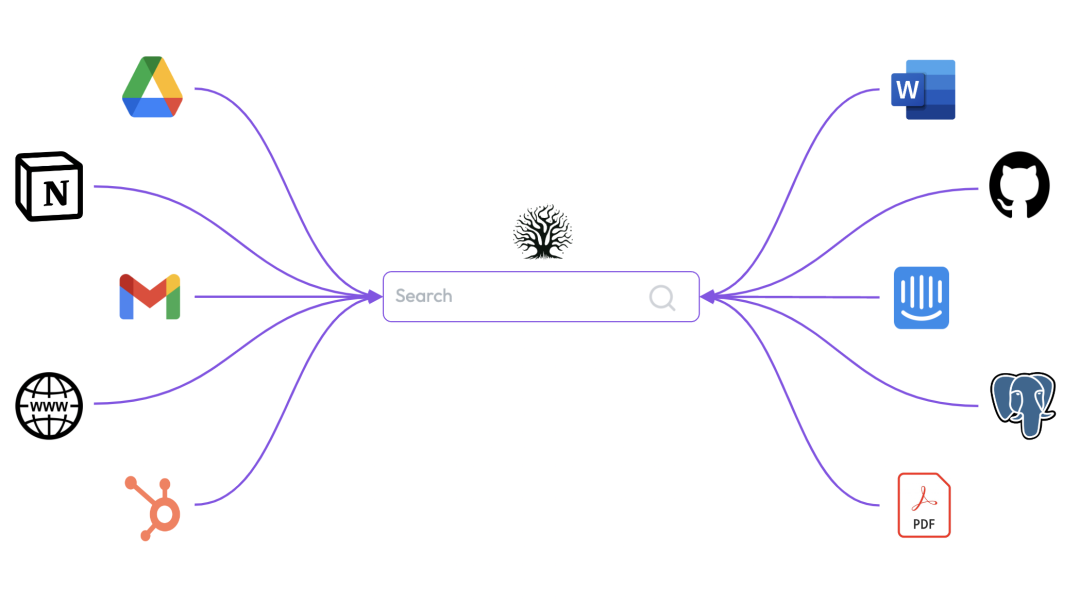
Product Positioning 🔍
Quivr is positioned as an open-source RAG (Retrieval-Augmented Generation) framework specifically for deploying and using AI assistants. You can think of it as an AI-enhanced version of Obsidian.
Key Features 🎯
-
Speed and Efficiency: Quivr is designed with a focus on speed and efficiency, ensuring users can quickly access data.
-
Data Security: Users have complete control over their data.
-
File Compatibility: Supports various file formats, including text, Markdown, PDF, PPT, Excel, CSV, Word, audio, and video.
-
Open Source Freedom: Quivr is an open-source project, allowing users to freely use, customize, and extend it.
-
Offline Mode: Quivr supports offline work, enabling you to access your documents anytime, anywhere.
Usage Process🛠️
Step 1: Create a Brain. Users can create what is called a “Brain” (brain🧠), which is the AI assistant that processes and responds to user queries.
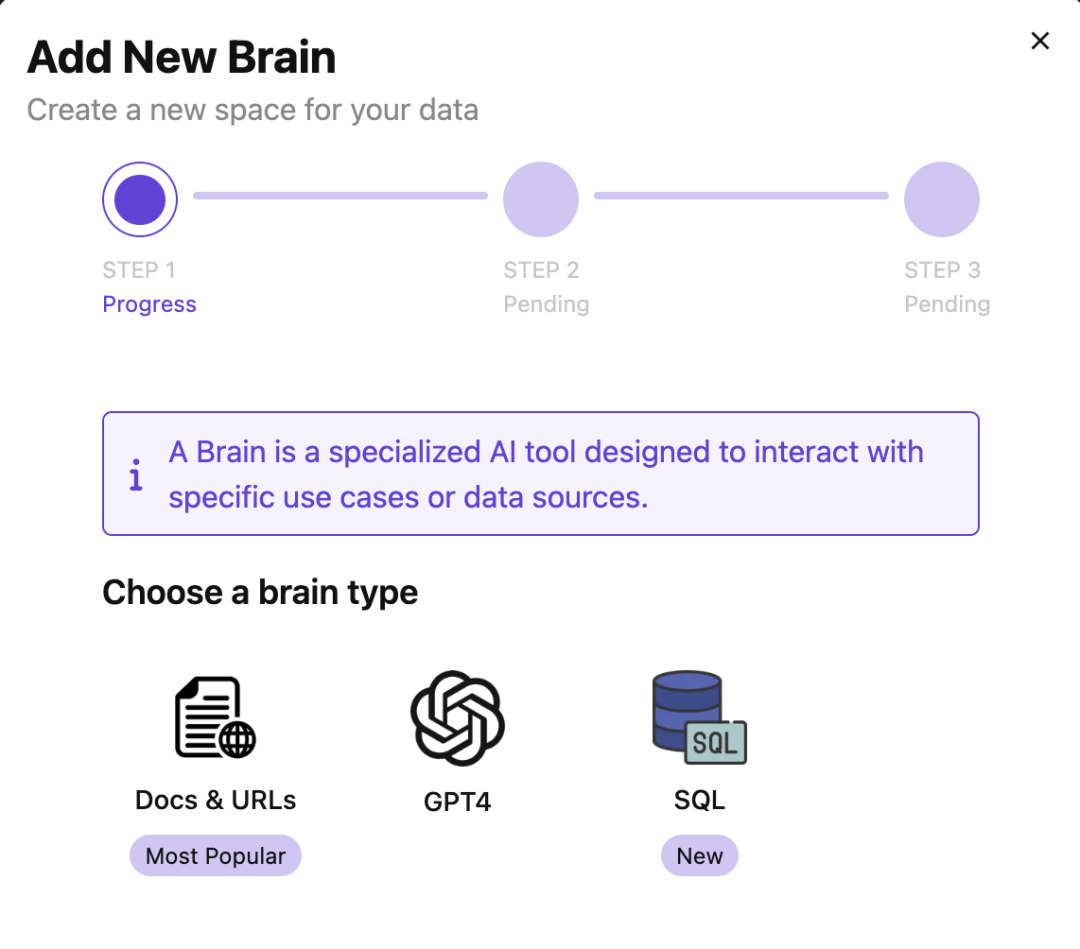
A Brain is used to store and process documents or data on a specific topic. Quivr currently supports three types of Brain:
-
Document Type: Users submit their documents or web links to the Brain, and AI Q&A is performed based on these documents.
-
GPT4: Directly performs AI Q&A based on GPT4.
-
SQL: Connects to your database, retrieves data, and performs AI Q&A.
Below is the process of creating a document-type Brain on the theme of AGI. First, select the Brain type as “Docs & URLs”:
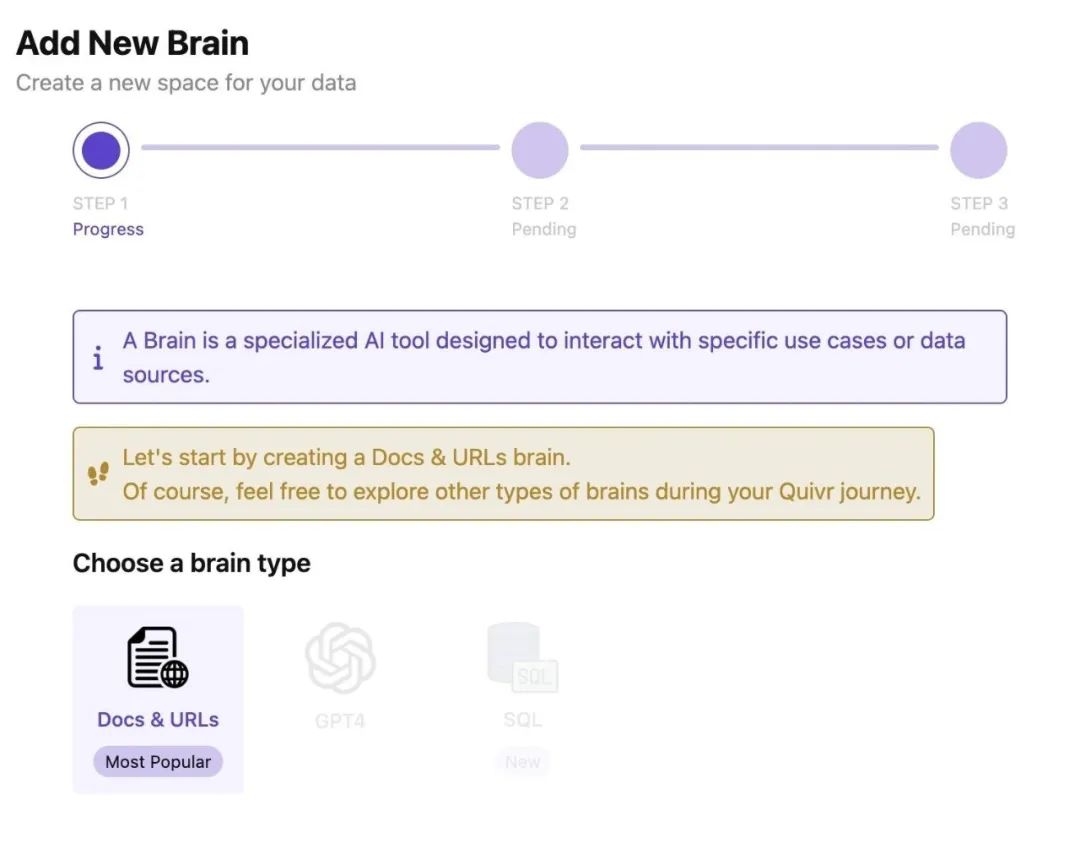
Then name and describe it. For example, create a Brain named “AGI” with the description “Docs about AGI”:
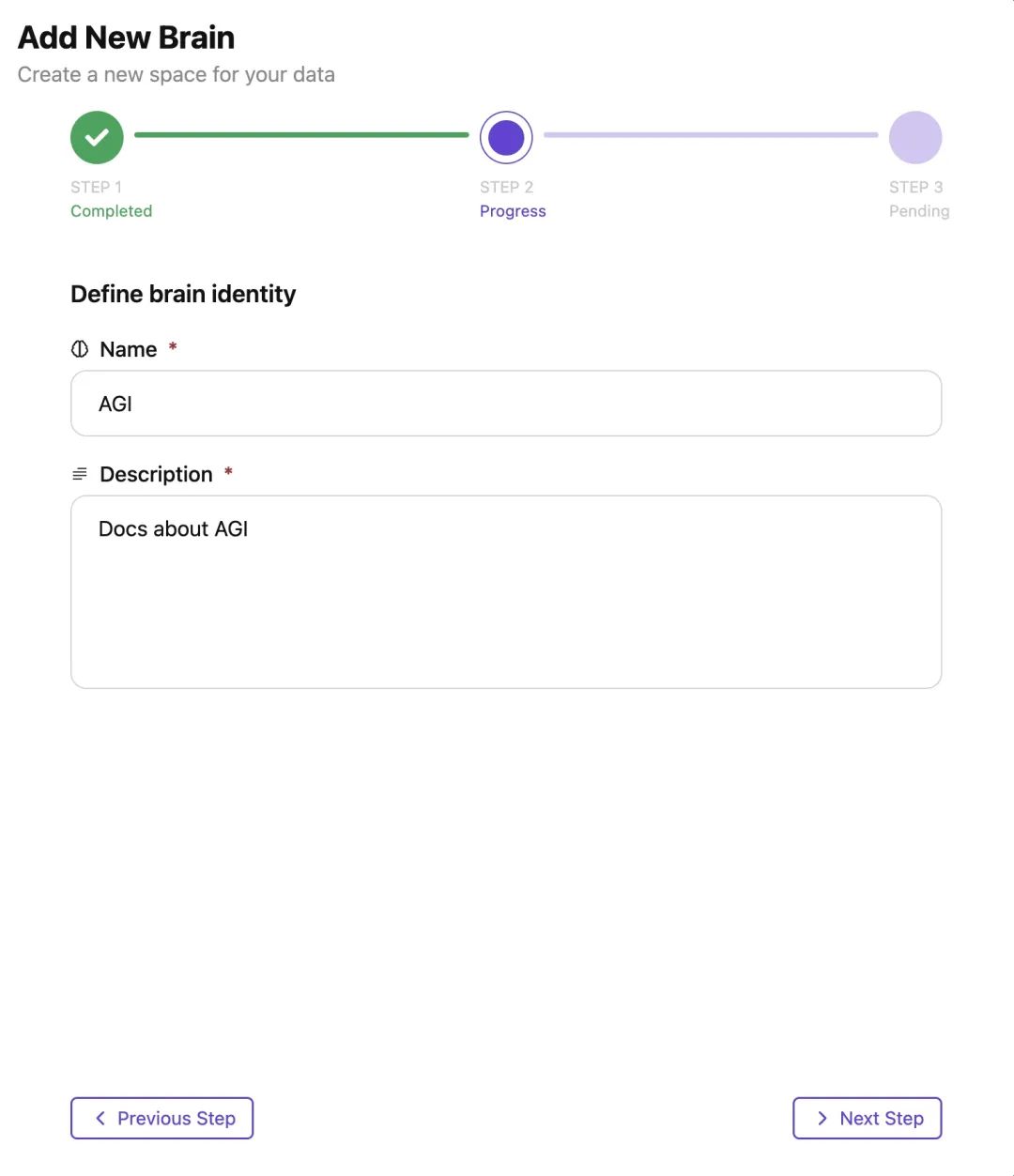
Finally, input documents into the Brain, which can be local PDF, txt, Word files, or web URLs. I inputted Andrew Ng’s “How to Build Career in AI,” Professor Li Hongyi’s AGI lecture PDFs, and Lilian Weng’s overview articles on Prompt Engineering and Agents into the AGI Brain.
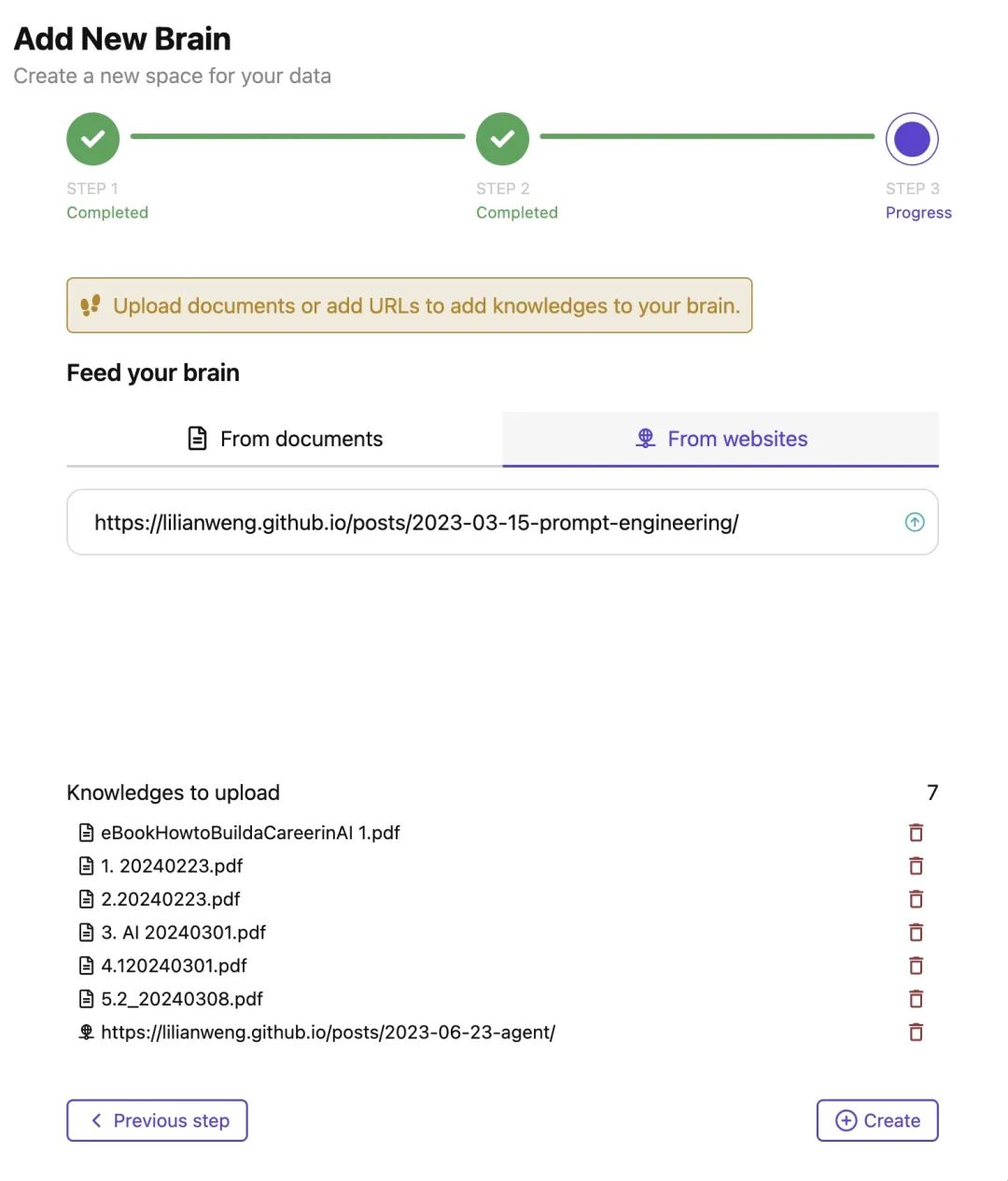
Once created, you enter the Brain Studio interface, where you can perform CRUD operations on the created Brain.
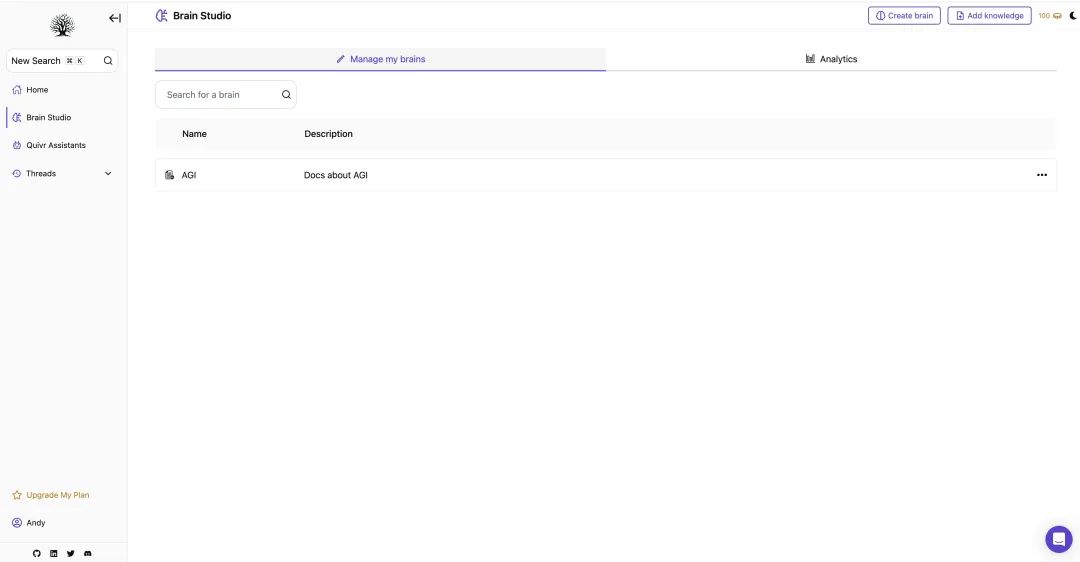
Step 2: Use the Brain. The main process is to query your concerns through Q&A. First, select the Brain you want to ask, such as the AGI we created earlier:
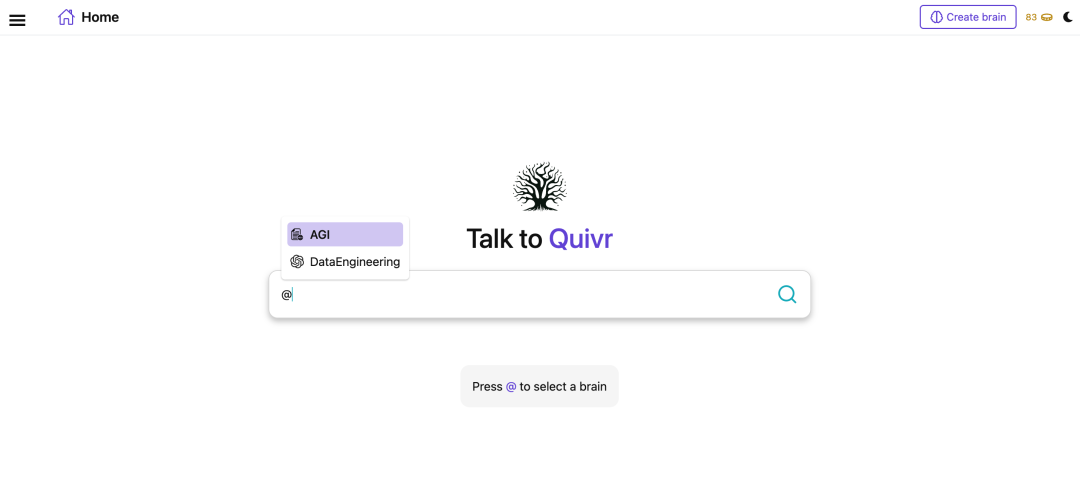
Then start asking, for example, “How to start a career in AI?”
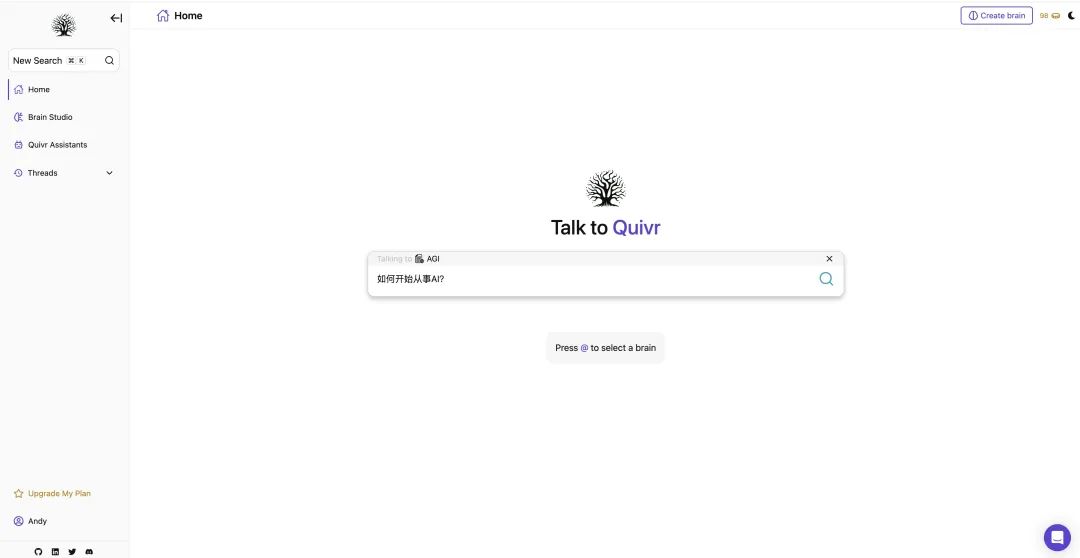
You can engage in multi-turn dialogues with the AI on these concerns. Besides providing answers, the AI can also give document sources for the answers:
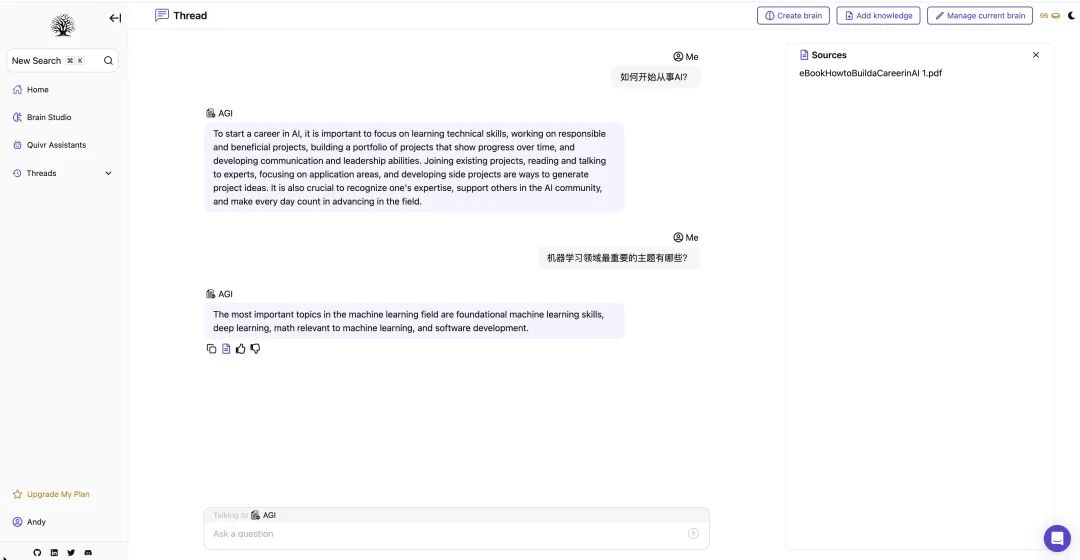
You can expand to any questions related to the Brain:
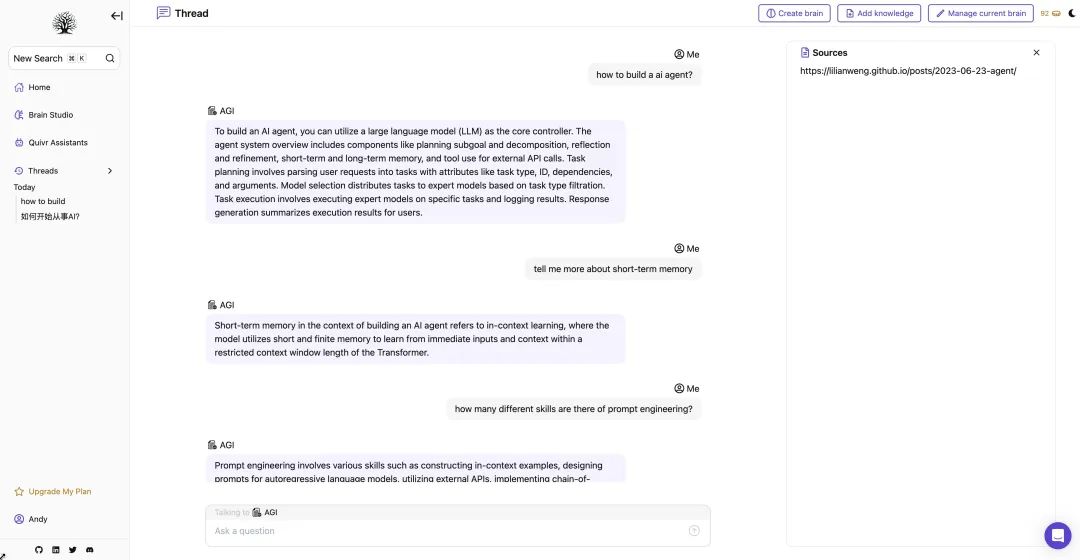
Step 3: Manage the Brain. You can manage the created Brains through Brain Studio. For example, add prompt templates:
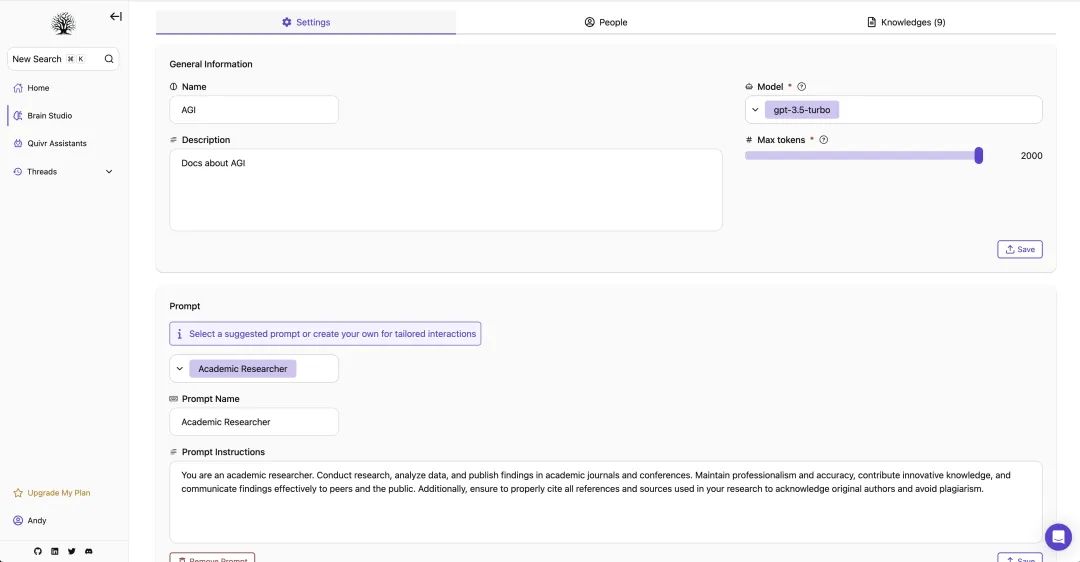
Add new documents to the Brain:
View the number of daily questions on the Brain through Analytics:
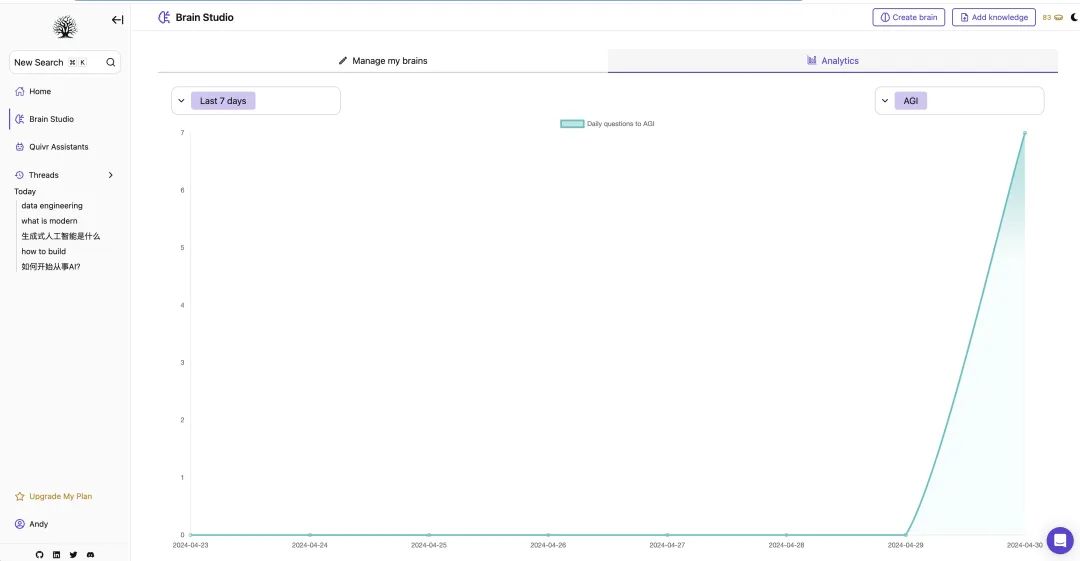
Installation and Deployment 🔄
As an open-source project, one of the most attractive points is that you can install, deploy, and use Quivr on your own device. Below is a simple process for installation using Docker:
-
Get the code.

-
Copy the environment file.

-
Set environment variables. Mainly OPENAI_API_KEY (to use OpenAI’s model) or OLLAMA_API_BASE_URL (to use a local large model)

-
Start Quivr.


-
Log in to use. You can then access Quivr via http://localhost:3000/login.
In addition to local use, Quivr also supports deployment to cloud platforms such as Vercel, Porter, and Digital Ocean.
Summary and Thoughts 💡
With Quivr, you can not only have your personal knowledge base but also use it as a second brain powered by AI. During use, I personally feel there are some areas for optimization in Quivr:
-
Can the concept of Brain be simplified, allowing all documents to be grouped into one Brain? This would not only simplify document management but also align with the human intuition that knowledge resides within a single brain.
-
Can personal knowledge bases be linked to the entire internet? This means integrating Quivr with previously introduced conversational search engines like search_with_lepton, so that when your documents lack corresponding information, you can use the search engine to supplement it, turning it into a more powerful knowledge engine.
-
Can personal browser history, favorites, bookmarks, etc., be used as important sources for the knowledge base? These are significant sources of information that contribute to one’s knowledge and hold important weight in document dialogues.
In summary, Quivr can serve as a starting point for personal knowledge management in the AI era, assisting in the preliminary practice of managing one’s brain through AI.
Further Reading 📖
[Open Source AI] 6.8K stars! Replacing Google, having your own Perplexity conversational search engine
[Open Source AI] 4.3K stars! Exploring methods and frameworks for AI Agent or Assistant development through PhiData
[End]
